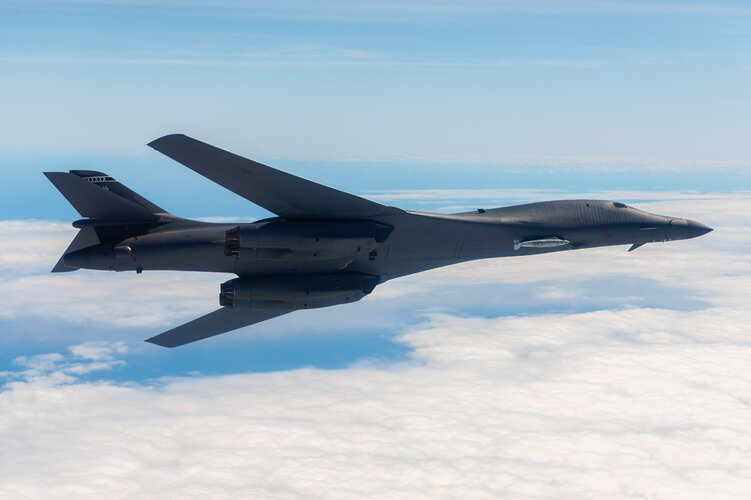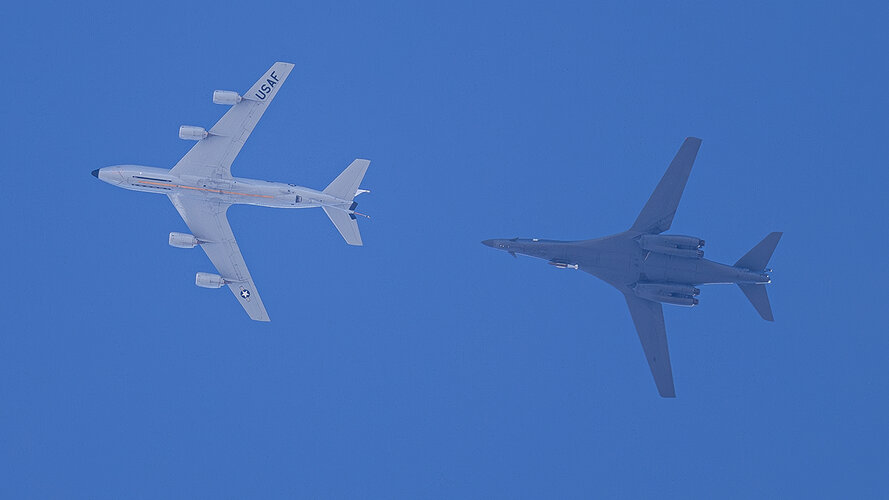- Joined
- 3 June 2011
- Messages
- 18,305
- Reaction score
- 12,129
One would hope.Going by the size of the B-2s weapons bays then the bay on the B-21 should be the same size, Northrop would not design the B-21 with a smaller bay than the B-2 even when it is only one considering the size of the GBU-57. The USAF would not have given Northrop the contract otherwise.














